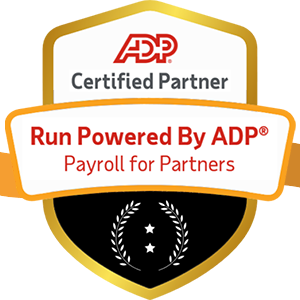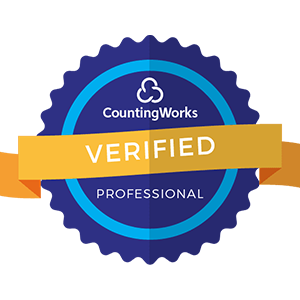
Introduction
In today’s fast-paced business landscape, mergers and acquisitions (M&As) have become a common strategy for companies looking to expand market share, acquire new technologies, or diversify their portfolios. While the financial and legal aspects of M&As often dominate discussions, the role of Human Resources (HR) is equally critical. Tasked with managing an organization’s most valuable asset—its people—HR is pivotal to ensuring a smooth transition and successful integration.
This article delves into how HR professionals can navigate the complexities of M&A integration, overcome potential challenges, and foster a positive and productive work environment during these transformative periods.

Mergers and acquisitions can be deeply unsettling for employees. Concerns about job security, cultural differences, and organizational changes often lead to heightened stress and reduced morale. HR professionals are uniquely equipped to address these challenges, providing much-needed support and reassurance during this time of uncertainty.
By focusing on effective communication, employee engagement, and talent retention, HR can mitigate anxiety and maintain organizational stability.
HR’s role extends beyond employee well-being; it also encompasses aligning the cultures and values of merging organizations. M&As often bring together companies with differing management styles, workflows, and employee expectations. HR must bridge these divides, fostering a cohesive corporate culture that leverages the strengths of both entities.

Effective communication is the cornerstone of any successful M&A integration. HR should collaborate with leadership to craft a transparent and consistent communication strategy that keeps employees informed.
Key elements of a strong communication plan include:
Understanding the cultures and values of both organizations is critical for a smooth integration. HR can achieve this through:
This assessment allows HR to identify potential cultural conflicts and proactively address them, paving the way for a unified corporate identity.
Layoffs and redundancies are common during M&As, but retaining top talent is essential for long-term success. HR should:
Aligning the policies and procedures of merging organizations is often one of the most challenging aspects of M&A integration. HR must reconcile differences in:
Consistency across these areas ensures fairness and builds trust among employees.
Collaboration is essential for successful integration. HR can promote teamwork by:

The transition period often requires employees to adapt to new systems, processes, and relationships. HR should identify training needs and offer:
The role of HR in M&A integration is vital to its success. By focusing on clear communication, cultural alignment, talent retention, and employee support, HR professionals can navigate the complexities of mergers and acquisitions while maintaining a positive and productive work environment.
M&As, while challenging, also provide opportunities for growth and innovation. HR’s ability to foster collaboration, manage change effectively, and support employees will determine whether these opportunities are realized.
As the business landscape evolves, HR’s importance will only grow. By adopting a learner’s mindset and embracing innovation, HR professionals can guide their organizations through the intricacies of M&A integration, emerging stronger and more resilient.
“In times of change, it is the learners who inherit the future. The learned usually find themselves equipped to live in a world that no longer exists.” – Eric Hoffer
By positioning themselves as learners and innovators, HR teams can help their organizations thrive in the face of change, driving long-term success and growth.


